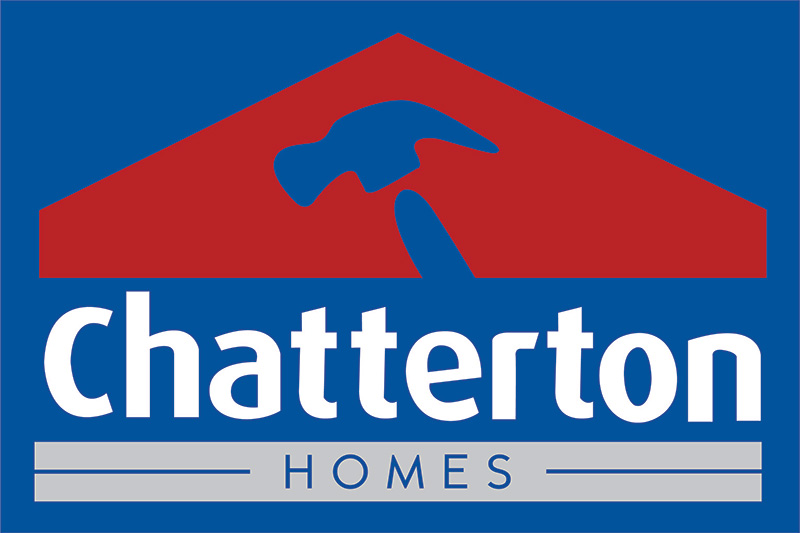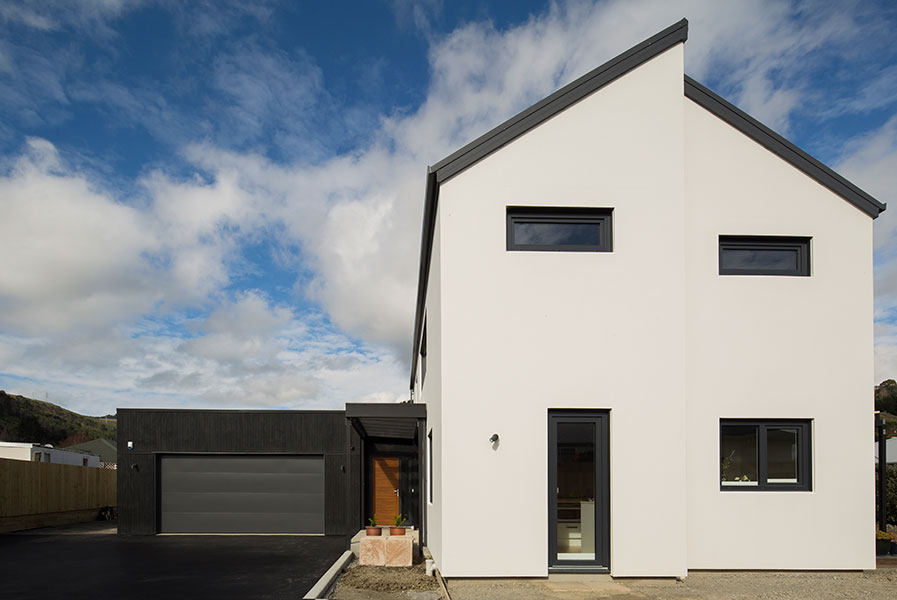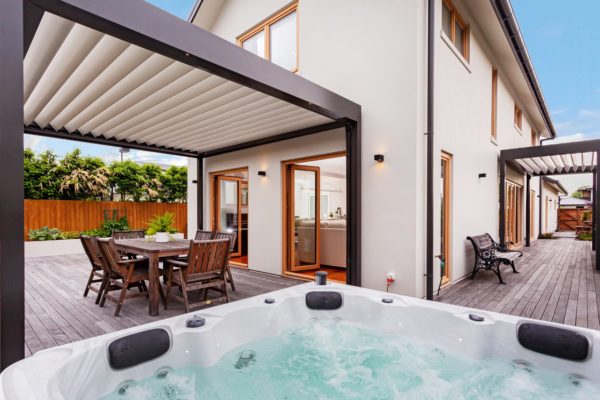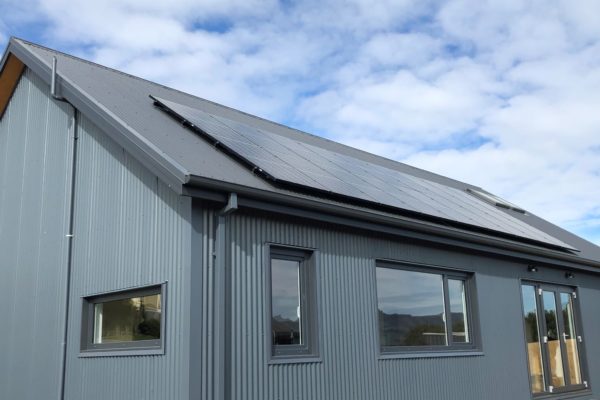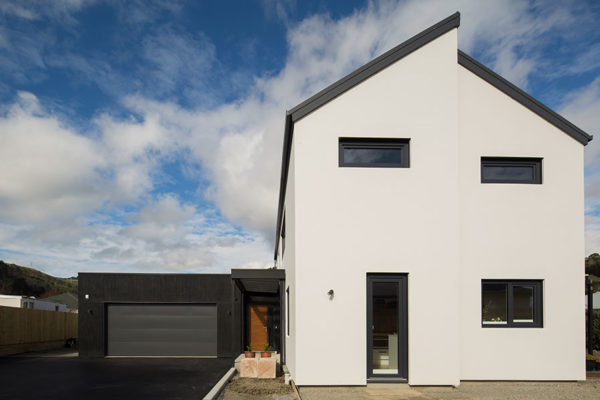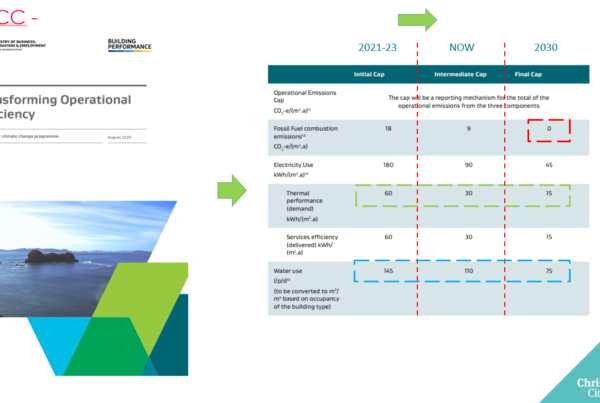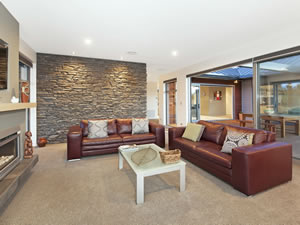Form Factor is basically the buildings surface to volume ratio.
In terms of building performance this is important as it affects heat loss.
In Passivhaus and high performance design, the ‘Heat Loss Form Factor’ is measured as the ratio of thermal envelope surface area to the treated floor area (TFA). In other words, the ratio of surface area that can lose heat (the thermal envelope) to the floor area that gets heated (TFA).
Note that the thermal envelope may not be the same as the building envelope dependent upon the placement of your thermal envelope.
The Heat Loss Form Factor is a useful measure of the compactness of a building. It is easier to be energy efficient with a more compact building whereas the less compact a building, requires more insulation for the building to be energy efficient.
Think of it like a person who is suffering from the cold. They curl up into a ball to avoid losing more heat as opposed to lying down with limbs spread out.
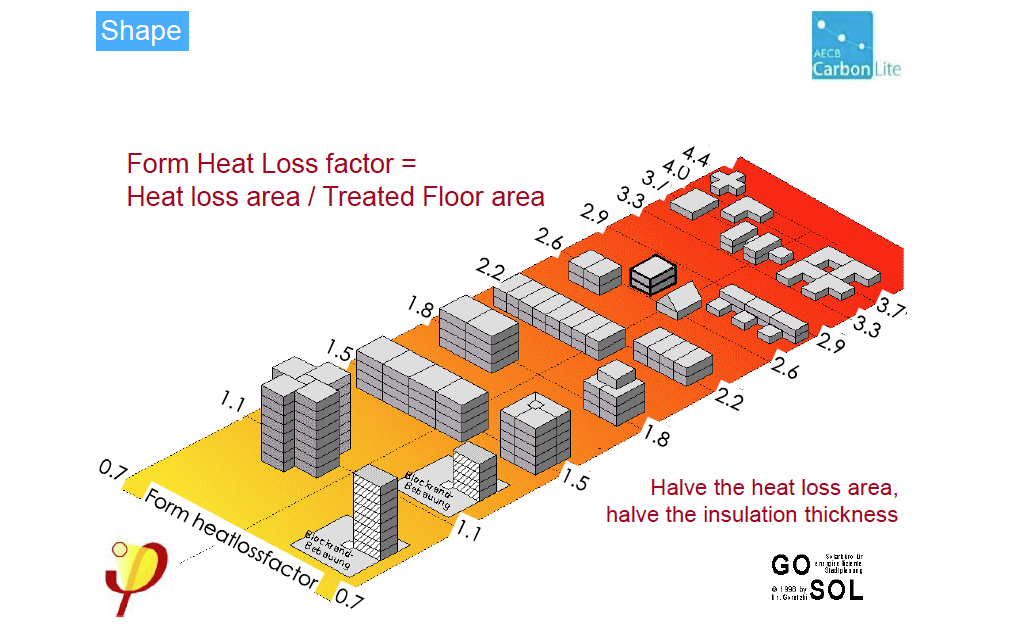
Image Source: International Passive House Institute
A building with higher surface to volume ratio has more surface to lose heat through. To reduce or remove heat movement through the thermal envelope the insulation must be adequate. A higher surface to volume ratio would require much higher insulation levels.
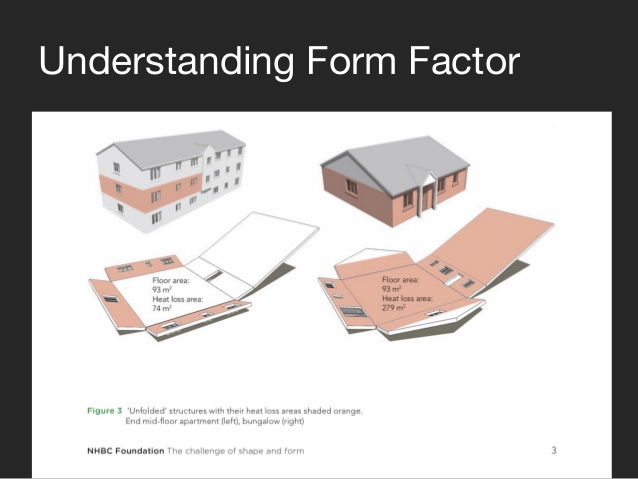
Image Source: NHBC Foundation
So, with the cost of building in mind it also gives an indication on increased costs.
If the Form Factor is high, a thicker and a larger amount of insulation will be required, which is more expensive.
Thicker insulation can require different design & structural solutions. In turn, these can lead to increased thermal bridging, which in turn requires more insulation to overcome. The opposite will be true of a low Form Factor.
Additionally, more complex forms generally have a higher build cost – think roof lines, surface areas of materials etc.
If high performance is key in your build priorities this is a simple rule to consider to not only increase energy efficiencies but reduce build costs for a number of reasons. This can sometimes be the difference between being able to afford a high performing home and not.
Images: Examples of single dwelling simple form high performing builds we have completed.
If you would like to find out more about our design build, or design assistance & build process then we would love to chat or feel free to find out a bit more on our services page.
